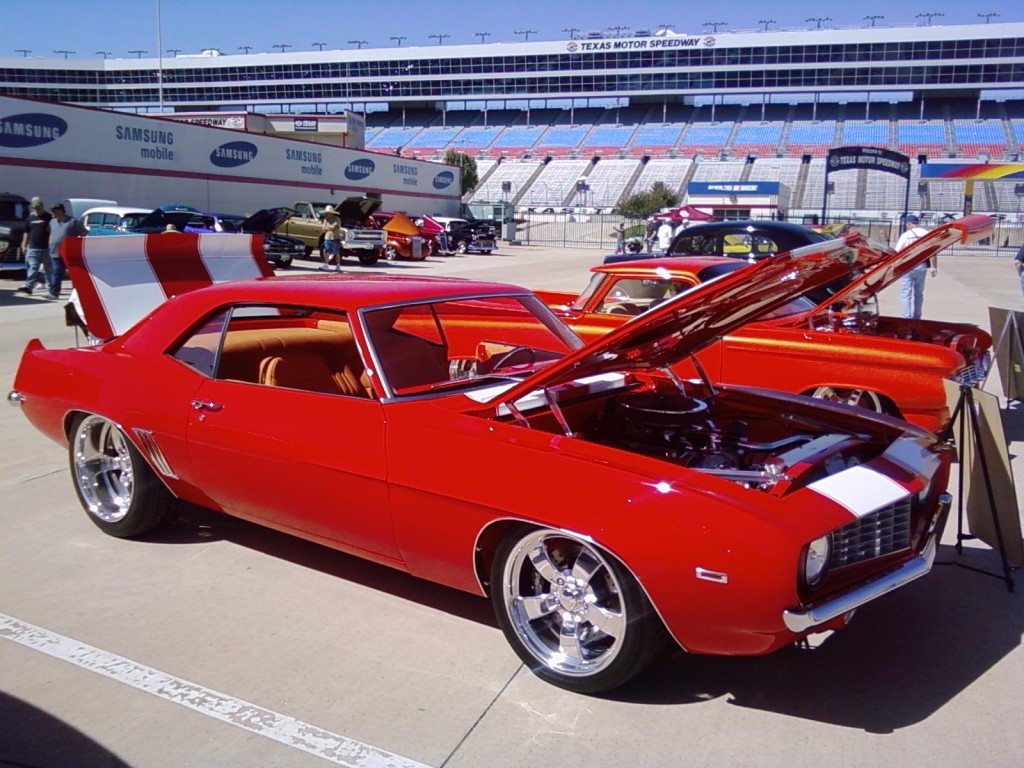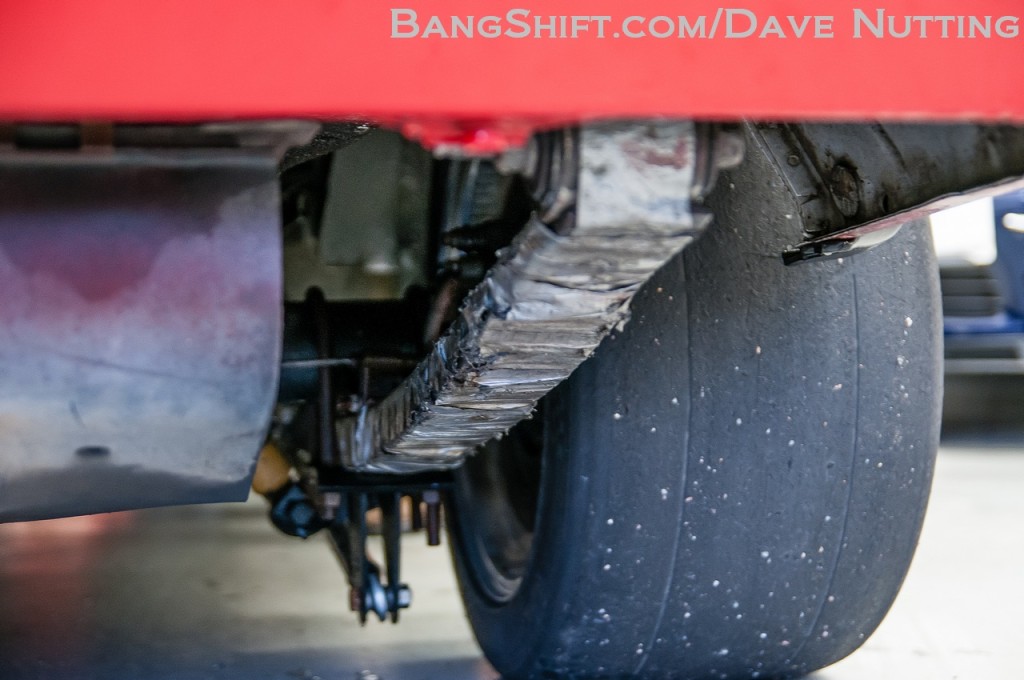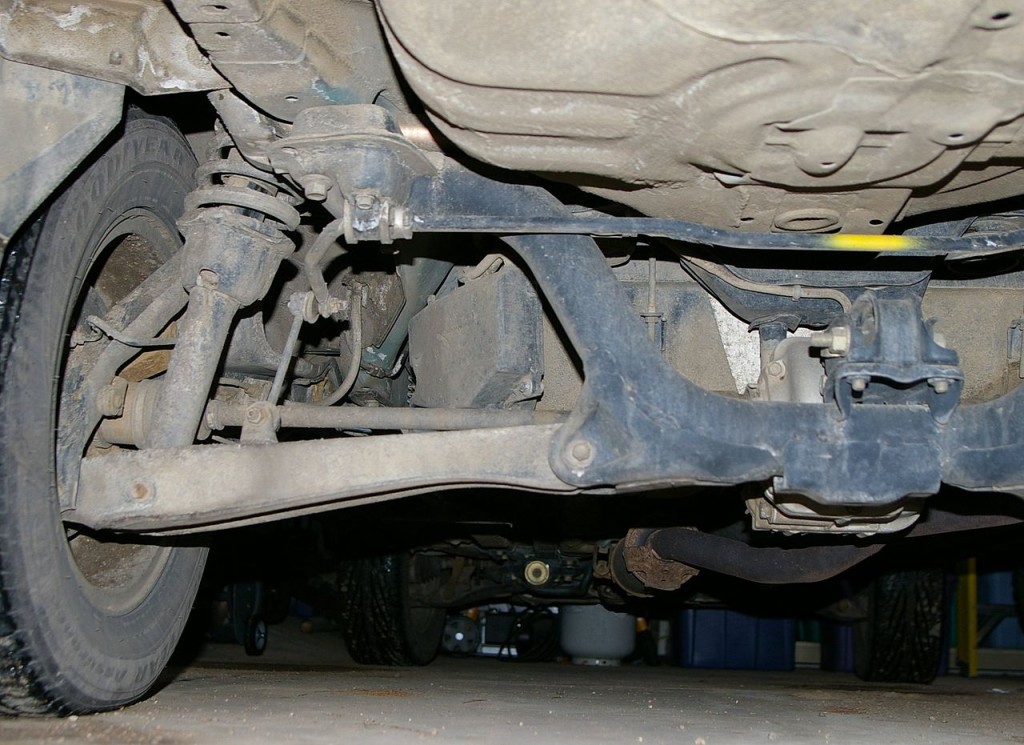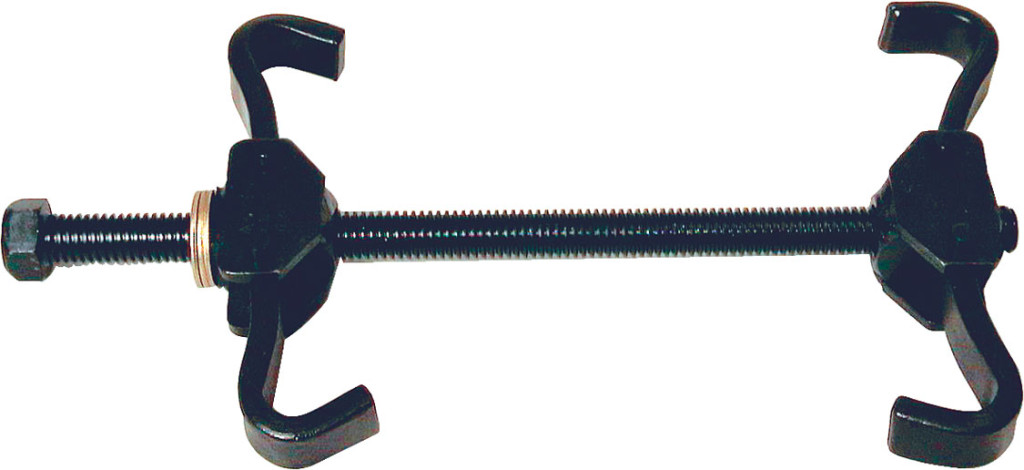

Like I mentioned in the article about lowering front ends, getting your car low to the ground allows you to go faster and enhances control. Also just like the front end, lowering the rear-end of your strip burner the wrong way can cause serious mechanical problems and safety issues. Also like the work on the front-end, it can be very dangerous if not taken seriously. Buy yourself the Chilton or Haynes manual for your car so you can understand and visualize the whole process from start to finish before touching a single tool.
There Are a Few Ways to Properly Lower Your Car
Whether you have a solid axle or an independent rear-end in your strip burner, there are a couple different ways that you can lower your car without much trouble. There are also a couple ways to accomplish this that require at least some advanced welding skills, if not the services of a specialized shop. I will first touch on the relatively easy ways to lower a leaf spring-equipped solid axle rear-end and follow with the methods for multi-link independent rear-ends. After that I’ll go into options that require special skills and the use of specialize shops.

Flip the Shock Mounts and U-Bolts
Solid axle rear-ends are typically equipped with leaf springs that help control ride height and help cushion the ride. The rear-end is clamped to the leaf springs with large u-bolts and plates. If the plates are on the top of the axle housing, you can lower the car body by between two and three inches by moving the plates to the bottom of the axle housing and flipping the u-bolts over.
For this modification you will need at least one jack and two jack stands or similar supports for the body. If you can rent or borrow a suspension/transmission jack with a balanced dolly to support both sides of the axle housing instead of the center, that will make the work quite a bit safer. You will also need wrenches in the correct size. This usually ranges from 5/8 inch to 15/16 inch. The basic process is as follows (your car may differ slightly):
- Raise the rear of the car about a foot and use the jack stands to support the frame.
- Remove the rear wheels.
- Raise the jack enough to support the rear-end.
- Remove the lower shock absorber mounting bolts/nuts and separate the shocks from the mounting plates.
- Remove the nuts securing the u-bolts and shock absorber mounting plates.
- Flop the mounting plate from top to bottom and reinstall the u-bolts. (There’s a bunch more to it than this, I’m over-simplifying. Get the manual for your car.)
- Re-attach the shocks to the lower mounting plates.
- Reattach the tires.
I have horribly over-simplified my description of the process. Not only does the location of the shock mounting plates have to be changed, but the location of the axle in relation to the leaf springs also has to be changed. The whole axle housing has to be dropped and moved from the top of the axle housing to the bottom. On some cars this may involve removing and re-welding something that resembles an axle cradle. Get the shop manual.
On cars where the bottom shock mount is already underneath the axle housing, you’ll need special blocks and longer u-bolts. In the image above, you would remove the u-bolts and install two to three inch blocks between the leaf springs and the axle housing.

Remove the Shackles
Some cars are designed so that their bodies are connected to the rear leaf springs by way of extension shackles or plates instead of directly. This is also something that’s done to raise the ride height of the car. To lower it, simply remove the shackles or extension plates/bars and attach the ends of the leaf springs to the mounting points on the car body. Here’s how:
- Raise the rear-end and support the vehicle on the frame.
- Loosen and remove the bolts securing the shackle plates to the leaf spring ends and body mounts.
- Remove the shackle plates.
- Raised the jack until the leaf spring ends slide into the mounting locations. You may need to wiggle some.
- Reinstall the mounting bolts and nuts and tighten to the proper torque.
- Lower the car.
Lowering Your Independent Rear-End the Easy Way

Except for the Corvette (which really needs no lowering), most vehicles with independent rear-ends that I’ve seen have been equipped with coil spring suspensions similar to the ones I discussed in the other article. You’ll need a coil spring compressor like the one pictured below. I’d also recommend custom springs. Save the headache of getting it wrong. “Yeah, speed shop guy, I’ve got ‘this kind of car’ and I’d like to lower the rear-end about two inches. What can you do for me?” There are also drop axle spindles for multi-link independent rear-ends.

Lowering Solid Axle Rear-Ends the Hard Way
Using this method to lower your solid axle-equipped car’s rear is going to have your car out of commission for at least a few days. You’ve got to remove the springs, labelling them as to side and orientation front to rear. Once that’s done, they get sent out to a special shop with very special skills and the right tools. They’ll ask about the particulars of your car and how much lower you want to go than stock. They will then either remove leaf sections, allowing the leaf springs to flex more or they will remove some of the curvature, depending on what their skills and experience tell them is possible.
Lowering Both Types of Rear-Ends the Really Hard Way
This method is for those that have at least of hint of excitement seeker in them. This entails seriously and closely going over the location of where everything in the rear end mounts. For example, if the lower shock mounts on your car are welded to the axle tubes, you’ll need to cut them off and relocate them lower on the axle tube.
Another example could be relocating the upper shock mount location as well as the lower, or modifying the location and method for securing the leaf springs to the body. Unless you’re a really skilled welder, this is something best left for the professionals to do. You just tell them what you want. That way your rear-end doesn’t drop out next time we meet at the track.
You Can Also Install Air Shocks
You’re not going to get much lowering out of this, but for a cheap and quick solution you can install air shocks. However, doing so will degrade the quality of your ride and you really want something stiffer than air shocks. However, when cheap and quick are important, it’s an option.
There’s Always Airbags
I’ve got to put this one out there although it’s not something I’d do for myself or recommend for a paying customer. They add too much weight and when we’re trying to build a sub-ten-second strip burner, weight is our enemy. They can help you lower the car by up to three inches, though.
Read about lowering your front end here.
Click images for original source. Last image is author’s own.


Leave a Reply